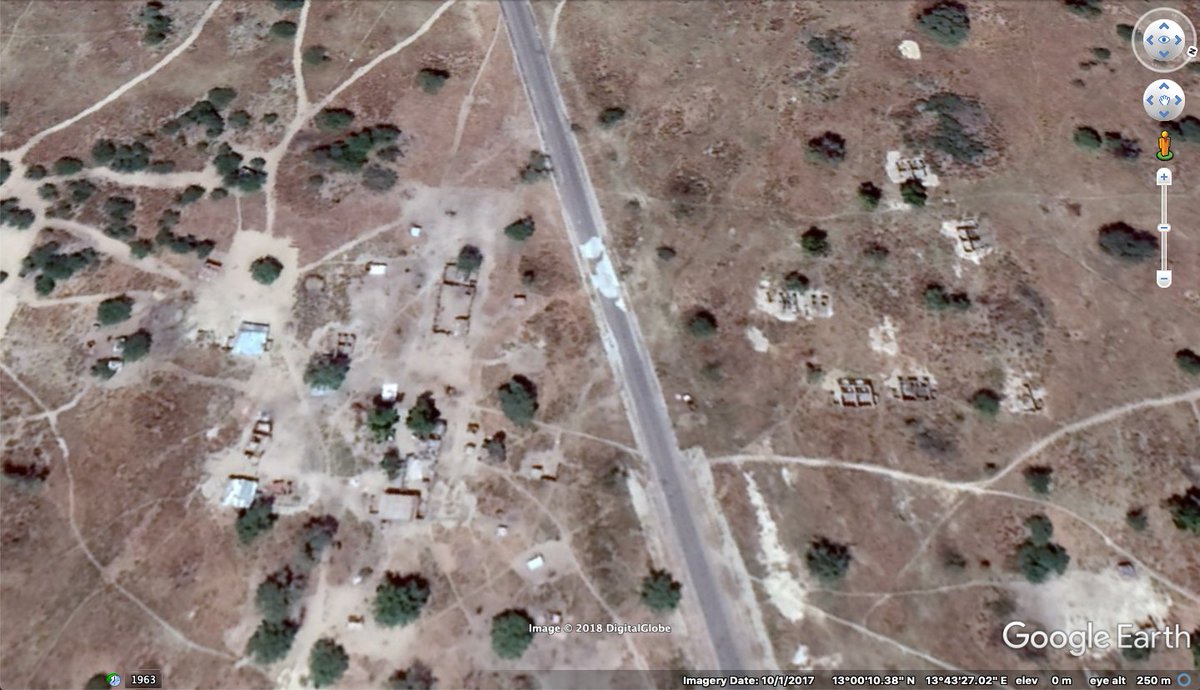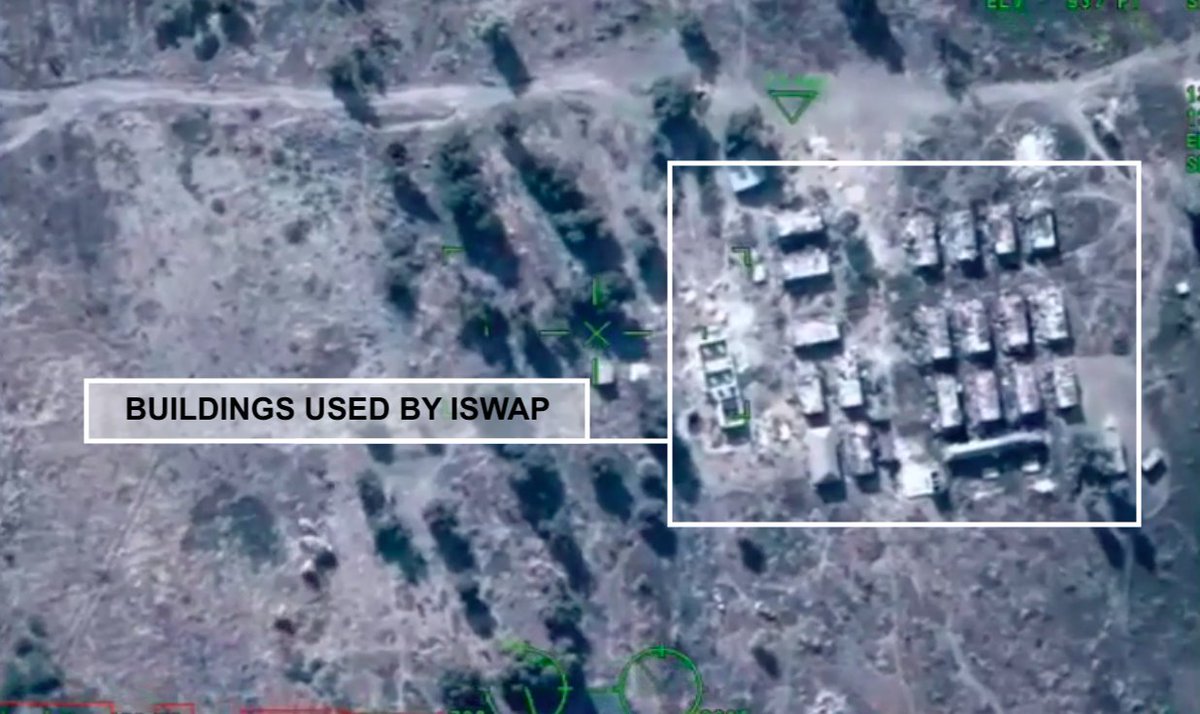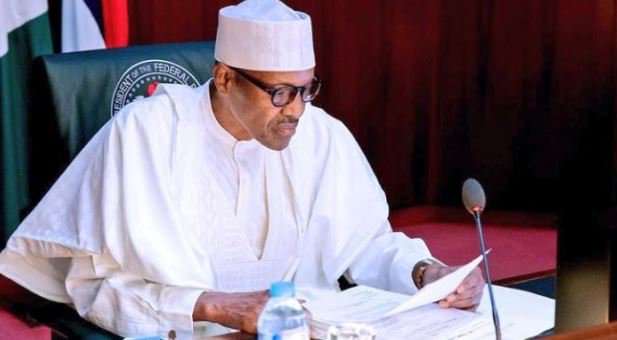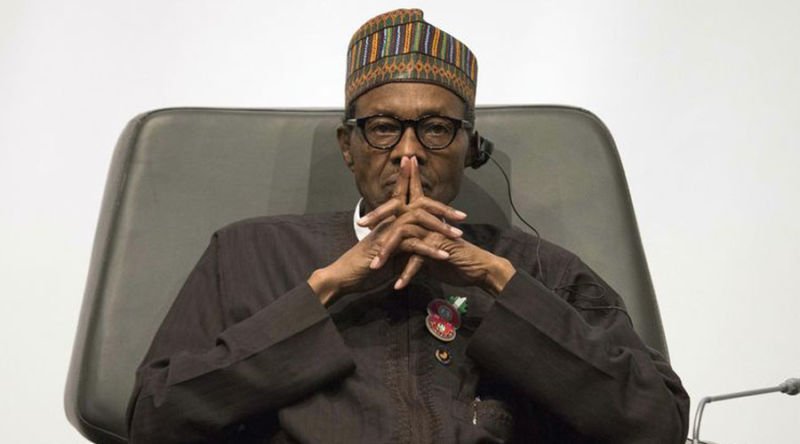In 1944, Azikiwe co-founded a new political organization conglomerating numerous ethnic and social unions into a political party called the National Council for Nigeria and the Cameroons (NCNC) which aimed to achieve independence.
He spoke of '30 to 40' regional House of Assembly when there were just 3; Nigeria is currently divided into 36 federating units, each with its own House of Assembly.








